10 Best Herbal Essential Oils For Restless Leg Syndrome

Herbal essential oils, such as lavender, peppermint, and chamomile, have been explored for their potential to alleviate symptoms of restless leg syndrome (RLS).
These oils are believed to work by promoting relaxation and improving circulation, which may help reduce the uncomfortable sensations and urge to move the legs. When used in aromatherapy or diluted in a carrier oil for topical application, they can provide a calming effect that supports better sleep and overall comfort. However, it is important to consult with a healthcare provider before using essential oils, especially for individuals with sensitive skin or underlying health conditions.
While not a cure, herbal essential oils may serve as a complementary therapy to manage RLS symptoms when used safely and consistently.
FREE Herb Drying Checklist
How to make sure every batch retains maximum flavor, color, and aroma without the risk of mold or over-drying. Eliminate guesswork and trial-and-error, making herb drying faster, easier, and more efficient every time.
Table of Contents
1. Valeriana officinalis
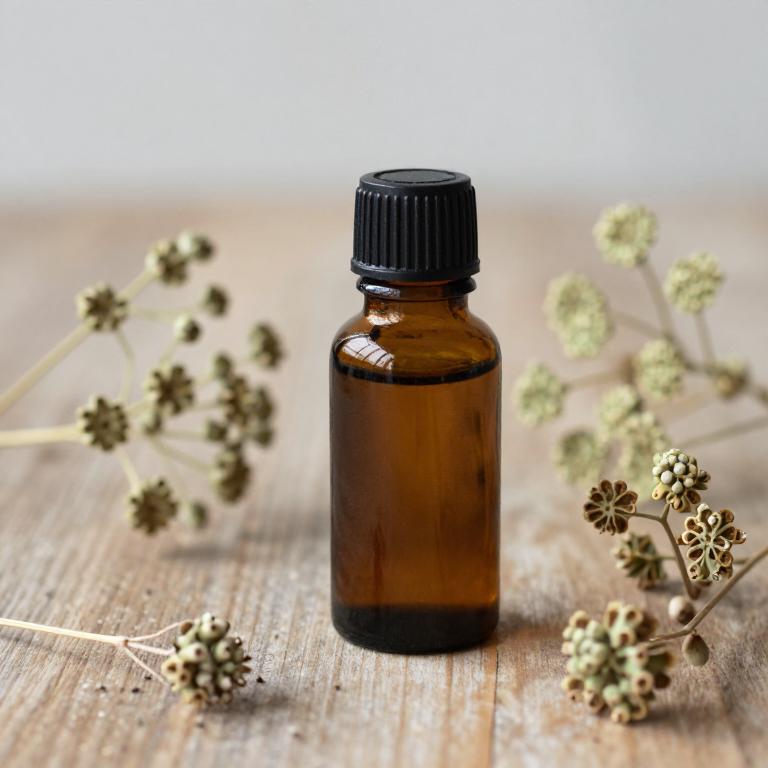
Valeriana officinalis, commonly known as valerian, is a herb widely used for its calming effects and has been explored for its potential in alleviating symptoms of restless leg syndrome (RLS).
The essential oils derived from valerian contain compounds such as valerenic acid and sesquiterpenes, which are believed to interact with the central nervous system to promote relaxation and reduce anxiety. Some studies suggest that valerian essential oils may help regulate neurotransmitters like GABA, which play a key role in muscle control and sleep quality. While more research is needed, many individuals with RLS report improved sleep and reduced leg discomfort when using valerian-based aromatherapy or topical applications.
As a natural remedy, valerian essential oils offer a promising alternative for those seeking non-pharmaceutical relief from restless leg syndrome.
2. Cannabis sativa
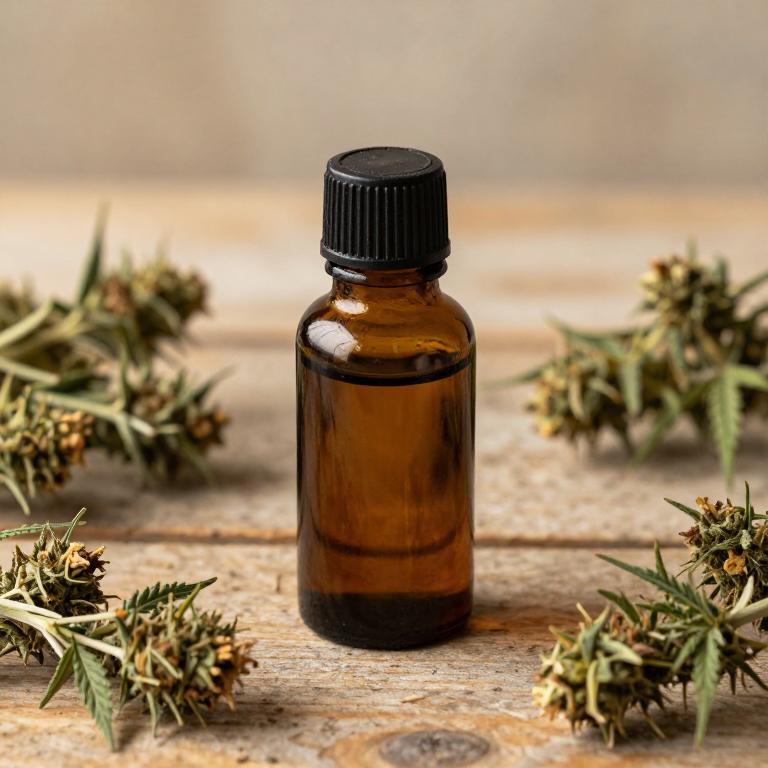
Cannabis sativa herbal essential oils have gained attention for their potential therapeutic effects on restless leg syndrome (RLS), a neurological disorder characterized by an irresistible urge to move the legs, often accompanied by uncomfortable sensations.
These essential oils, derived from the Cannabis sativa plant, contain compounds like terpenes and cannabinoids that may interact with the body's endocannabinoid system, potentially influencing nerve function and muscle relaxation. Some preliminary studies suggest that the aromatic compounds in these oils may help reduce anxiety and promote relaxation, which could alleviate the symptoms of RLS. However, more research is needed to fully understand their efficacy and safety in treating this condition.
As with any complementary therapy, it is important to consult a healthcare professional before using cannabis-derived products for RLS.
3. Rosmarinus officinalis
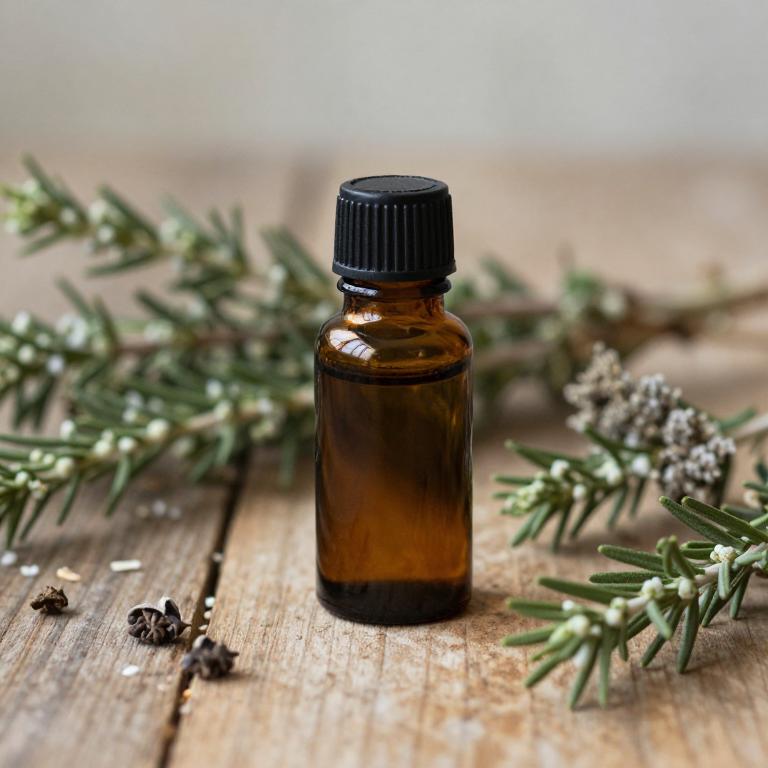
Rosmarinus officinalis, commonly known as rosemary, is a medicinal plant whose essential oil has been explored for its potential benefits in managing symptoms of restless leg syndrome (RLS).
The essential oil contains compounds such as camphor, pinene, and limonene, which may help reduce muscle tension and promote relaxation. Some studies suggest that the aromatic properties of rosemary oil can have a calming effect when used in aromatherapy, potentially alleviating the discomfort associated with RLS. However, while anecdotal evidence supports its use, more rigorous scientific research is needed to confirm its efficacy for this condition.
Nonetheless, many individuals find relief through the use of rosemary essential oil in massage or diffuser applications as part of a holistic approach to managing RLS.
4. Piper nigrum
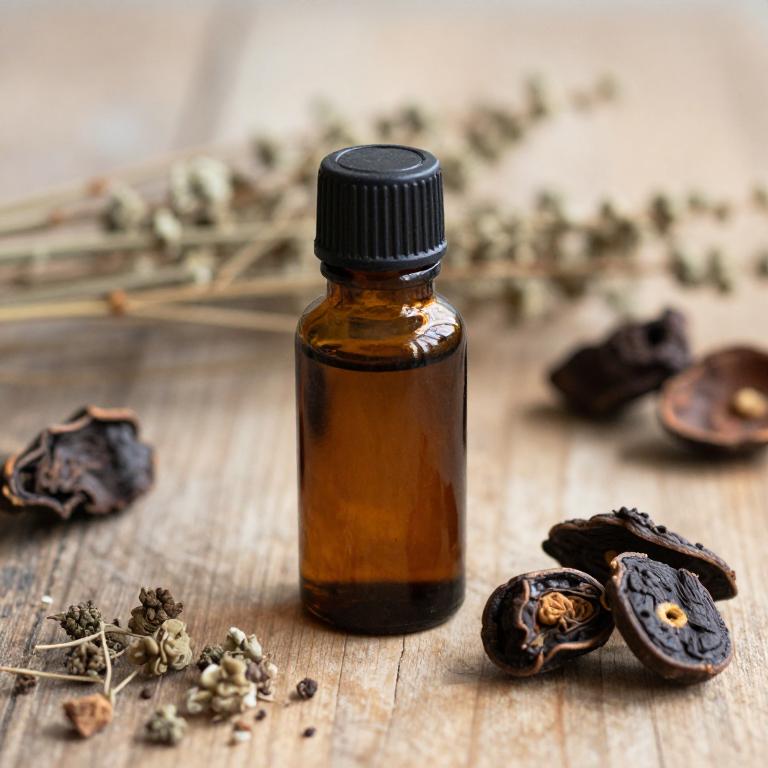
Piper nigrum, commonly known as black pepper, contains essential oils that may offer potential benefits for individuals suffering from restless leg syndrome (RLS).
The essential oil of black pepper is derived from the dried fruit of the Piper nigrum plant and contains compounds such as beta-caryophyllene and limonene, which have anti-inflammatory and calming properties. These properties may help reduce the discomfort and restlessness associated with RLS by promoting relaxation and improving circulation. While scientific research on the specific use of Piper nigrum essential oils for RLS is limited, some anecdotal reports suggest that aromatherapy with black pepper oil may provide relief.
It is important to consult a healthcare professional before using essential oils as a complementary therapy for RLS, to ensure safety and effectiveness.
5. Lavandula angustifolia
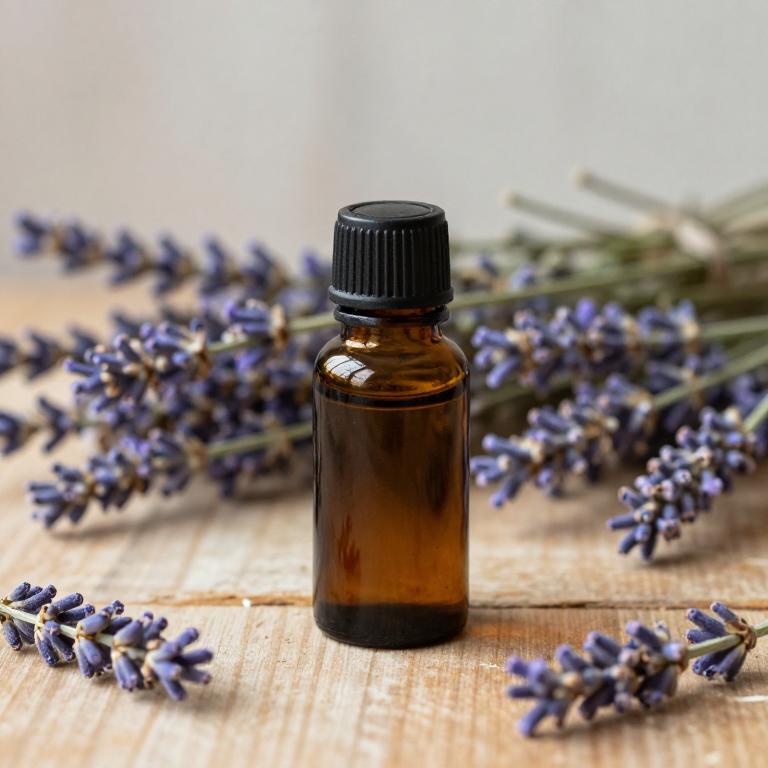
Lavandula angustifolia, commonly known as English lavender, is widely recognized for its calming properties and has been explored as a natural remedy for restless leg syndrome (RLS).
The essential oil of this herb contains compounds such as linalool and linalyl acetate, which are known for their soothing and muscle-relaxing effects. When used aromatically through diffusion or topical application, lavender essential oil may help reduce the discomfort and urge to move associated with RLS by promoting relaxation and improving sleep quality. Some studies suggest that the anti-inflammatory and sedative properties of lavender oil could support nerve health and alleviate symptoms of RLS.
While more research is needed, many individuals find relief from RLS symptoms through the regular use of lavender essential oil as part of a holistic treatment approach.
6. Mentha piperita

Mentha piperita, commonly known as peppermint, is a popular herb whose essential oil has been explored for its potential benefits in managing restless leg syndrome (RLS).
The essential oil contains potent compounds like menthol, which can provide a cooling sensation and may help alleviate the uncomfortable sensations associated with RLS. Some studies suggest that the stimulating properties of peppermint oil might help improve circulation and reduce muscle tension, which are often linked to RLS symptoms. However, it is important to note that while anecdotal evidence supports its use, scientific research on peppermint essential oil specifically for RLS is limited.
As with any complementary therapy, it is advisable to consult a healthcare professional before incorporating peppermint oil into a treatment plan for RLS.
7. Melissa officinalis

Melissa officinalis, commonly known as lemon balm, is a herb widely used in aromatherapy for its calming and soothing properties.
Its essential oil, derived from the leaves of the plant, contains compounds like linalool and limonene, which are known for their ability to reduce anxiety and promote relaxation. Some studies suggest that the calming effects of Melissa officinalis essential oil may help alleviate symptoms of restless leg syndrome by reducing nervous system overactivity. When used in diffusers or applied topically with a carrier oil, it can create a soothing environment that supports better sleep and reduces restlessness.
While more research is needed, many individuals find relief from restless leg syndrome through the regular use of Melissa officinalis essential oil as part of a holistic approach to wellness.
8. Echinacea purpurea

Echinacea purpurea, commonly known as purple coneflower, is traditionally used for its immune-boosting properties, but recent research suggests it may also have potential in alleviating symptoms of restless leg syndrome (RLS).
While there is limited direct evidence linking echinacea essential oils specifically to RLS relief, some studies indicate that compounds found in echinacea, such as alkamides and caffeic acid derivatives, may influence neurotransmitter activity and reduce inflammation, which are factors associated with RLS. Essential oils derived from echinacea are often used in aromatherapy to promote relaxation and improve sleep quality, both of which are commonly affected in individuals with RLS. However, more clinical trials are needed to confirm the efficacy of echinacea essential oils in treating RLS specifically.
As with any complementary therapy, it is important to consult a healthcare professional before using echinacea or any other herbal remedy for RLS.
9. Zingiber officinale
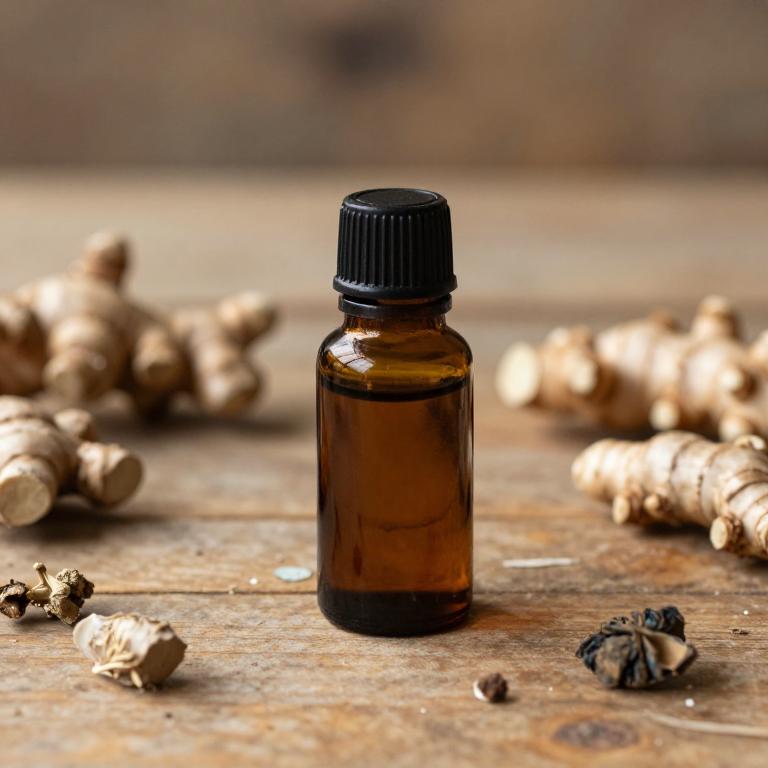
Zingiber officinale, commonly known as ginger, is a widely used herbal plant whose essential oils have been explored for their potential therapeutic benefits, including relief from restless leg syndrome (RLS).
The essential oils derived from ginger contain bioactive compounds such as gingerol and shogaol, which possess anti-inflammatory, analgesic, and neuroprotective properties. These properties may help alleviate the uncomfortable sensations and urge to move legs associated with RLS by reducing nerve irritation and improving blood circulation. Some studies suggest that aromatherapy using ginger essential oil may promote relaxation and reduce stress, which are known contributors to RLS symptoms.
While more research is needed, ginger essential oil shows promise as a complementary therapy for managing the discomfort of restless leg syndrome.
10. Glycyrrhiza glabra
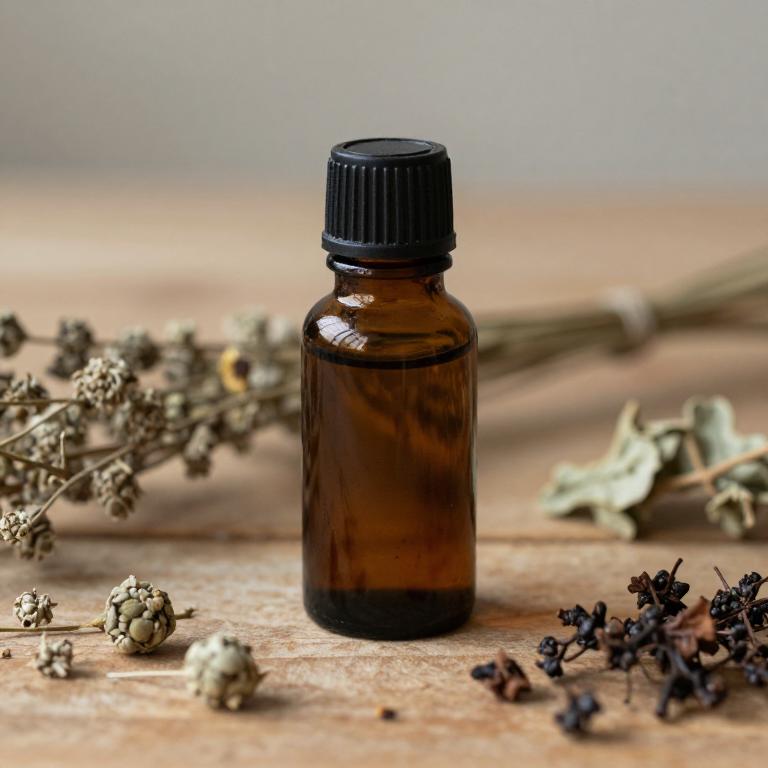
Glycyrrhiza glabra, commonly known as licorice, contains essential oils that have been explored for their potential therapeutic effects on restless leg syndrome (RLS).
These essential oils, derived from the root of the plant, are rich in compounds such as flavonoids and glycyrrhizin, which may help reduce inflammation and nerve sensitivity. Some studies suggest that the anti-inflammatory and antispasmodic properties of licorice essential oils could alleviate the uncomfortable sensations and cramping associated with RLS. While more research is needed to confirm its efficacy, preliminary evidence indicates that licorice may offer a natural alternative for managing RLS symptoms.
As with any herbal remedy, it is important to consult a healthcare professional before using licorice essential oils, especially for individuals with hypertension or other underlying health conditions.